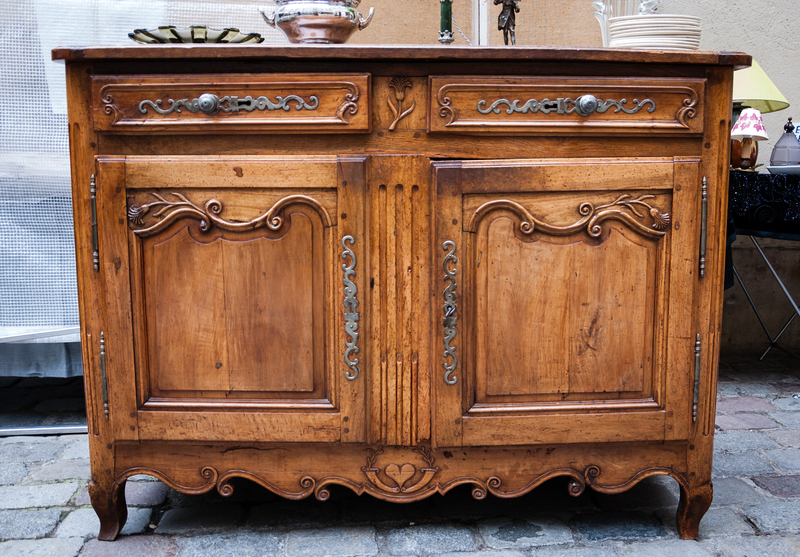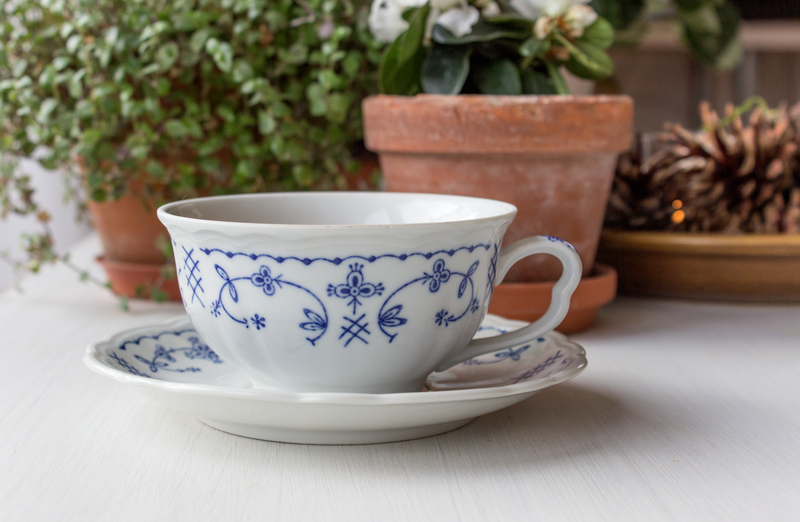Essential Tips Before Disposing of Large Household Furniture
Are you planning a move, upgrading your space, or simply seeking a change in your home's look? Disposing of large household furniture can seem daunting. Bulky items like sofas, wardrobes, and beds are not as simple to throw away as small appliances or decor pieces. It's crucial to approach the task with care to maximize sustainability, efficiency, and compliance with local laws. In this comprehensive guide, discover everything you need to know before parting ways with your oversized furniture.
Why Proper Furniture Disposal Matters
Underestimating the impact of improper disposal could be costly--for you and the environment. Furniture often contains materials that can harm ecosystems if not handled correctly. Many municipalities impose fines for abandoning large items on curbs or in landfills. On the brighter side, responsibly managing your old items can benefit your community and even your finances.

Assess the Condition of Your Large Furniture
Before you jump into action, honestly evaluate your furniture:
- Is it still usable? Could someone benefit from your old desk, sofa, or bed frame?
- Is it broken beyond repair? Some items may be better off recycled or broken down.
- Does it hold sentimental or antique value? Before disposal, you might reconsider with a creative upcycle or restoration idea.
An objective assessment not only helps you choose the best disposal method but also prevents unnecessary waste.
Know Your Disposal Options for Large Household Items
There are several ways to dispose of bulky furniture. Your decision may depend on the item's condition, your timeline, and local regulations.
1. Donate to Local Charities and Organizations
- Nonprofits and thrift stores like Goodwill, Habitat for Humanity, and The Salvation Army often accept used furniture in good shape.
- If you're targeting specific communities, look for shelters, churches, or schools in need of particular items, such as beds and tables.
2. Sell or Giveaway Through Online Platforms
With platforms like Facebook Marketplace, Craigslist, and Freecycle, you can connect quickly with those seeking used furnishings.
- Provide detailed descriptions, measurements, and clear images.
- Be transparent: Mention any flaws, stains, or repairs needed.
- Consider giving away for free if speed is more important than profit.
3. Utilize Municipal Bulk Pickup Services
Many cities provide large item pickup as part of their waste management services.
- Check your city's website for furniture disposal schedules and guidelines.
- Register for a pick-up slot--these fill up fast, especially during peak moving seasons!
- Comply with any rules (e.g., no mattresses, no electronics).
4. Hire Professional Junk Removal Services
For quick, hassle-free large-scale furniture disposal, consider junk removal companies such as 1-800-GOT-JUNK? or local alternatives.
- They handle heavy lifting and transport, ideal for apartments with limited elevator access.
- Many companies recycle or donate usable furniture on your behalf.
- Compare quotes and read reviews to ensure value and reliability.
5. Repurpose or Upcycle Items Creatively
Maybe your bulky piece still has life left! Consider alternative uses:
- Old dressers become storage benches with a little DIY flair.
- A wooden dining table may be converted into shelves or a workbench.
Preparations Before Removal of Large Household Furniture
Efficient disposal isn't just about choosing where the piece goes. Careful planning sets you up for a smooth, safe process.
1. Measure Doorways and Hallways
All too often, the greatest challenge lies in simply moving the item. To avoid last-minute headaches:
- Measure the largest sections of your furniture.
- Check doorways, corridors, elevator sizes, and stairs along the exit route.
- Disassemble pieces if possible--removing legs, drawers, or backs for easier handling.
2. Gather Necessary Tools and Helpers
Disposing of big furniture is a team job.
- Assemble basic tools: screwdrivers, wrenches, or hammers as needed for disassembly.
- Use moving straps or sliders for heavy lifting.
- Ask friends or hire professionals if the job is too much for one person.
Environmental Considerations When Disposing of Furniture
Furniture disposal and the planet are closely linked. In landfills, many items release methane, a potent greenhouse gas. Others may contain metals, plastics, or chemicals that seep into the soil and groundwater.
- Recycle when possible: Some municipal waste centers accept wood, metal, and fabric for recycling.
- Choose donation or selling as your first options--keeping items in use is the best environmental choice.
- For mattresses and sofas, seek out specialized recyclers who handle foam, springs, and textiles properly.
Tip: Contact local environmental agencies for lists of certified recyclers in your area.
Compliance with Local Laws and Regulations
Each region governs large furniture disposal differently. Avoid legal troubles by researching:
- Permitted disposal days and times
- Acceptable curbside items vs. those requiring special arrangements
- Required labeling ("bulk waste") or special bags
If in doubt, call your city's waste management hotline or visit their website for clarity.
Disposal of Furniture with Hazardous Components
Not all large items are created equal--some contain potentially hazardous materials.
- Refrigerators, sofas with flame retardant foam, or upholstered items may need specific disposal methods.
Common Mistakes to Avoid
- Failing to check if items can be donated or reused: Dumping reusable furniture is both wasteful and unethical.
- Ignoring city regulations: Resulting fines and penalties can add up quickly.
- Improper lifting: Always use proper techniques to avoid injury.
- Leaving items exposed to weather pre-pickup: Rain or moisture can ruin furniture, making it non-salvageable for charities or recyclers.
Quick Checklist Before Disposing of Your Large Household Furniture
Before you let go of that old couch, bed, or dresser, ask yourself:
- Can this be sold, donated, or repurposed?
- What local rules apply to furniture disposal?
- Have you scheduled pickup or arranged delivery?
- Is the item clean and free from pests?
- Can it be safely moved without damage?
Taking just a few minutes to review these questions can save you time, money, and stress.

Frequently Asked Questions About Disposing of Large Household Furniture
1. How do I prepare furniture for donation?
Clean thoroughly, check for stains or pet hair, and remove personal items from drawers or cushions. Disassemble if needed for transport.
2. What if no one will take my item?
If selling or donating isn't an option, contact your local waste department for bulk pickup information or hire a junk removal service.
3. Can I leave furniture on the curb?
Only if your city allows it and on designated pickup days. Unauthorized dumping could result in fines.
4. How do I recycle parts of my furniture?
Metals, wood, and plastic may be separated, but check with recycling centers about accepted materials.
Conclusion: Responsible Furniture Disposal Benefits Everyone
Properly disposing of large household furniture doesn't have to be stressful. Planning ahead, researching options, and respecting local rules can turn a cumbersome task into a positive community and environmental contribution. Whether you donate, sell, recycle, or upcycle, you'll celebrate new beginnings while making space for someone else's memories.
Remember: The extra effort you put into responsible disposal pays off--in peace of mind, karma, and often in cash!
For more tips on sustainable living and large item removal, bookmark this guide and share it with friends and neighbors facing the same challenge. Together, we can make our homes, and our planet, a little lighter!